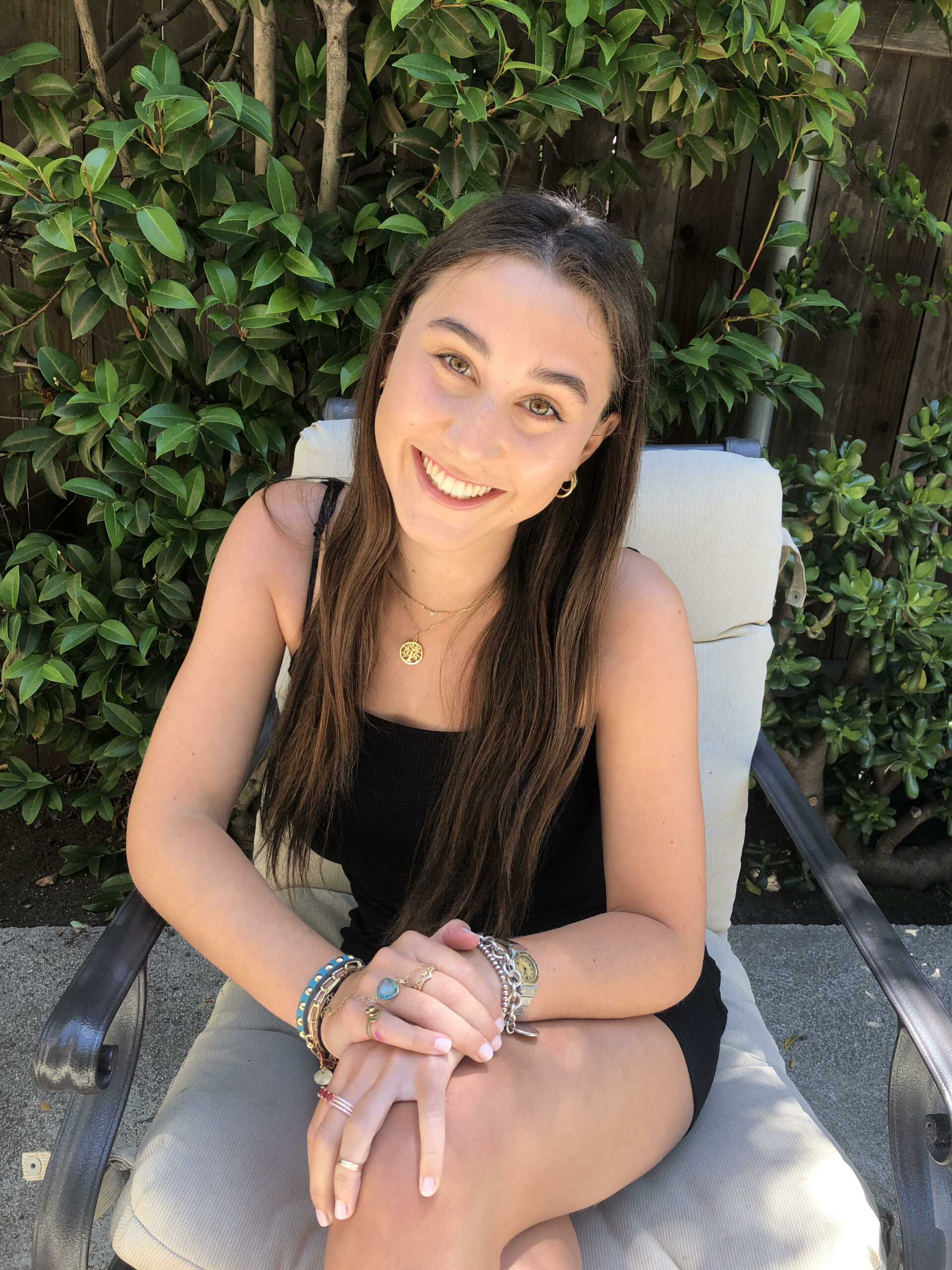FOR THE FIRST TIME in his teaching career, he considered quitting.
Being a teacher was demanding at the best of times, but the pandemic brought a new wave of pressures and responsibility.
In a virtual reality, he had to cultivate a classroom setting. “The feeling that I wasn’t doing enough was magnified because there was no real way for me to gauge how my students were feeling, because many never turned their cameras on, or came to my support sessions, or even tried to communicate with me through email.”
But now Mark Estanislo — Mr. E to his students — was glad that he had not abandoned them and his future. “Welcome to 10th grade World History,” he said, on his first day back in a real classroom in more than a year. He walked in with characteristic confidence, but he was unsure of how to break the awkward silence. He poked fun at the chaos and frustrations that everyone had felt trying to learn through a screen.
He also acknowledged the difficulty he and his students would feel returning to normal. “Now I know these next few months are going to be a challenging transition,” Mr. E said. “However, I am here to help you all adjust. Every day I am available for an hour after school to meet with you and answer any questions you have about the material. I strongly encourage you all to take advantage of this opportunity.”
Tugging on the strings of their backpacks, his students entered the classroom guardedly. Some wore masks. Others concealed their faces behind spiral notebooks.
Coming back to in-person classes for the first time since the beginning of the coronavirus pandemic was bracing. For students and teachers in Los Angeles — indeed, everywhere — the future meant marching bravely into the past, but with new experiences and cautions. It meant testing everything: how to arrange desks (at least six feet apart), how to decorate face masks (would drawings of beer mugs be allowed?) and how to look at a roomful of others without staring.
For Mr. E, it was a welcome experience. On the precipice of resigning, he was happy now to leave Zoom teaching behind. He had decided. He would continue to be an LAUSD teacher and add to his 12 years in front of classes at New West Charter High School, nestled among the houses of West L.A., with students from both high- and low-income families.
He wanted to strengthen his relationships with these students and watch them grow. Although the previous year had been taxing, he was eager to forge ahead, even break new ground. Like many educators, he was dedicated to his students and loved inspiring them to learn.
BEFORE ATTENDING UCLA, I was one of his students. “You were in my class before COVID, and you know how expressive and passionate I am when I teach,” Mr. E said when we talked recently. “Being trapped behind a screen hindered my ability to truly connect with my students.”
He recalled the difficult days of Zoom, when only five out of 20 students had turned on their cameras and actively participated in class. “Many kids were taking the back seat, and I can’t blame them. I had some students who never volunteered all year,” he said. Every school day followed the same pattern, and Mr. E said he became frustrated by the monotony associated with staring at a screen for hours at a time.
Determined to find ways to foster meaningful relationships, he urged his students to connect with him and with one another. He entertained class discussions about what they were binge watching. He also took advantage of technology, using private messaging and Pear Deck, an interactive platform, to ask and answer questions. While implementing these tools allowed students to have a voice and participate, it failed to motivate them to be engaged for the duration of the school year. Teaching by Zoom was a long and unhappy struggle.
Mr. E wasn’t alone in feeling defeated. He relied on a close-knit community of colleagues who shared experiences and turned to one another for advice. The teachers in his department met weekly over Zoom to brainstorm creative ways to keep students engaged, and debriefed the tribulations of teaching through a screen. One solution: going easier on students; but that, too, yielded only mixed results.
“I gave the kids months to turn in assignments,” Mr. E said. “Some kids had until May to turn in assignments from January; however, I would say that five out of 20 students took this opportunity, and the rest accepted zeros.”
BUT MR. E AND HIS COLLEAGUES KEPT AT IT — from the initial shutdown, to the move to Zoom, to cautious steps toward reopening. Uncertainty prevailed, and students struggled alongside teachers. Finally, on August 17, everyone re-entered their classrooms, and even as the Delta variant kept teachers from restoring full normalcy, some routines resumed.
“Rather than go heavy with the curriculum,” Mr. E said, “we want to hone in on the skills students lack. I predict that students will struggle with reading, keeping up with the fast pace we are used to in an hour and having a short attention span. The hope is that the kids who struggled this past year did so because of the environment; if they are physically together in person, maybe this will help get them back on track.
“The goal is to get the kids invested in their own learning and play into their own interests.”























